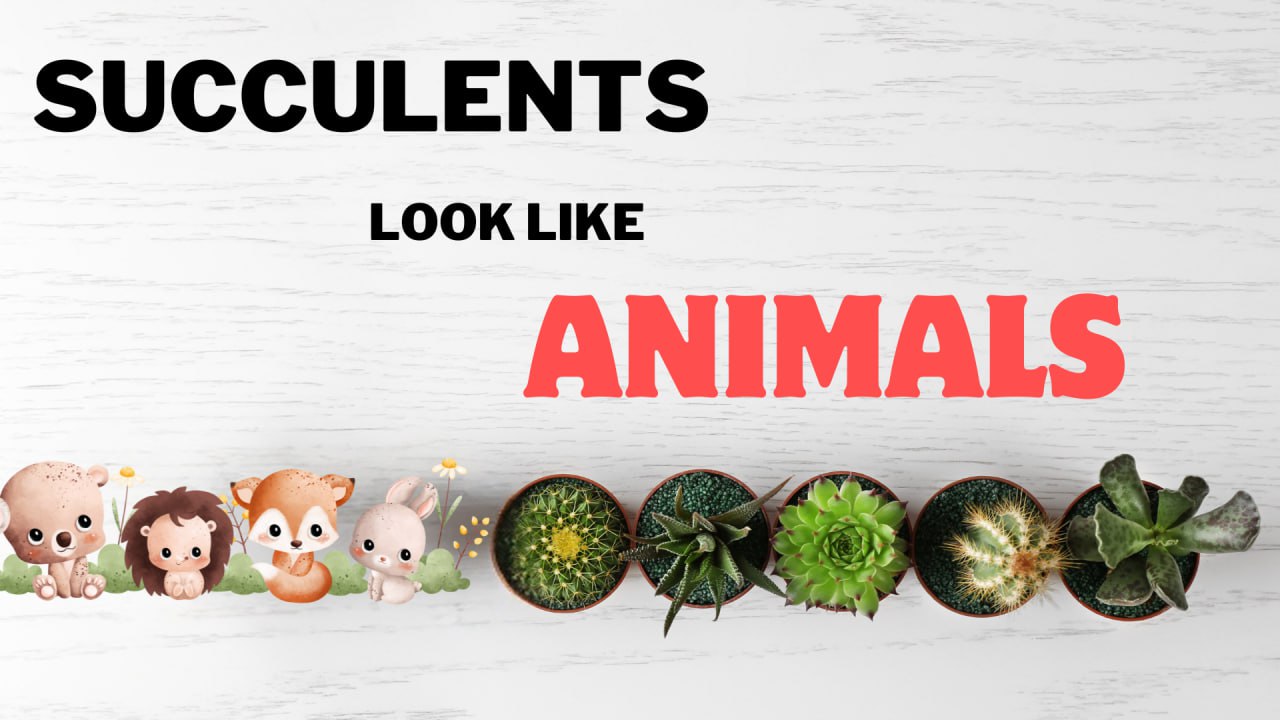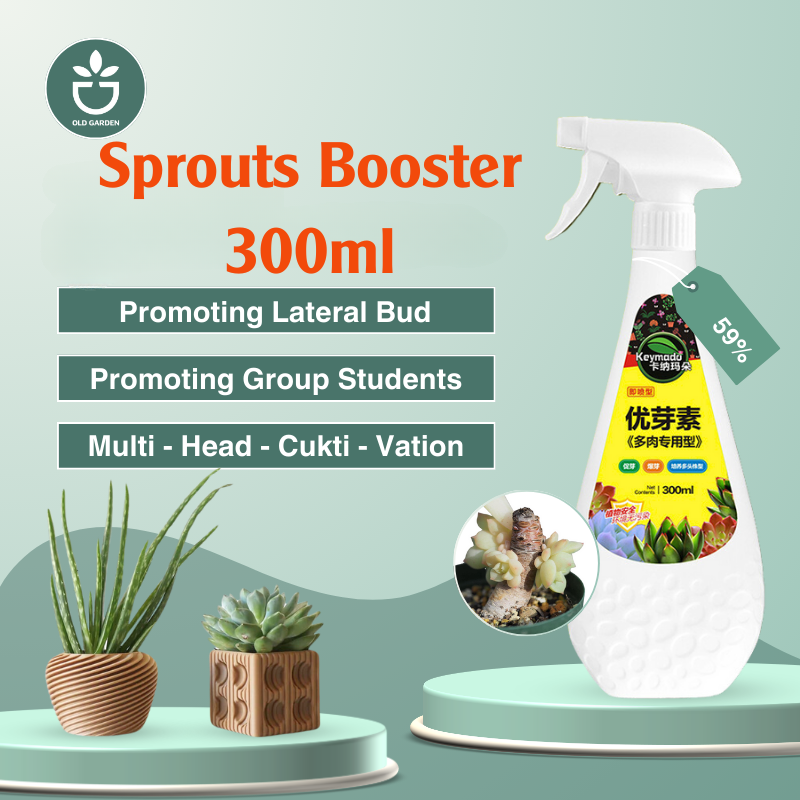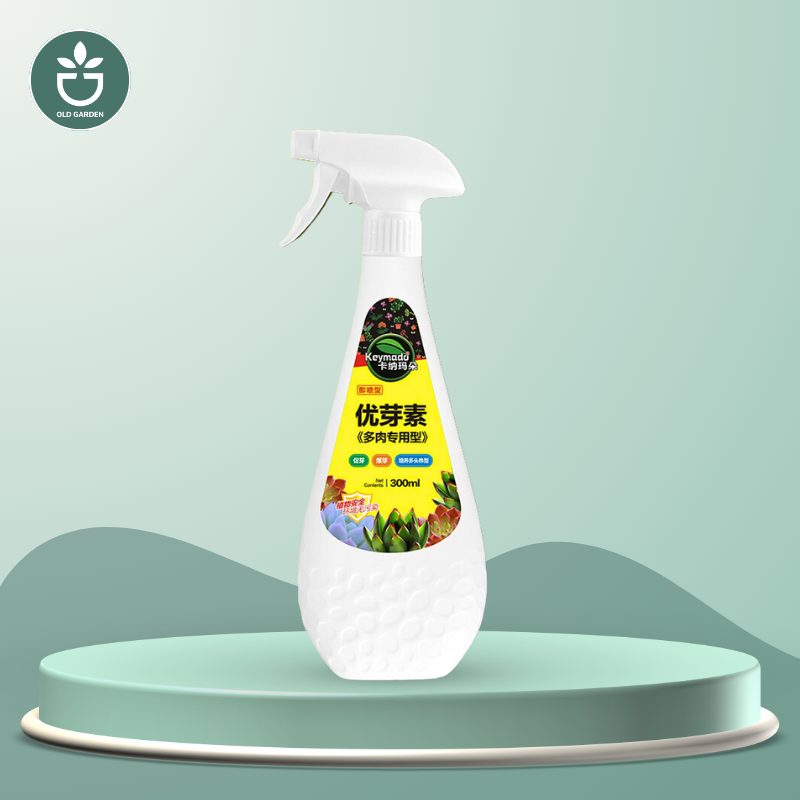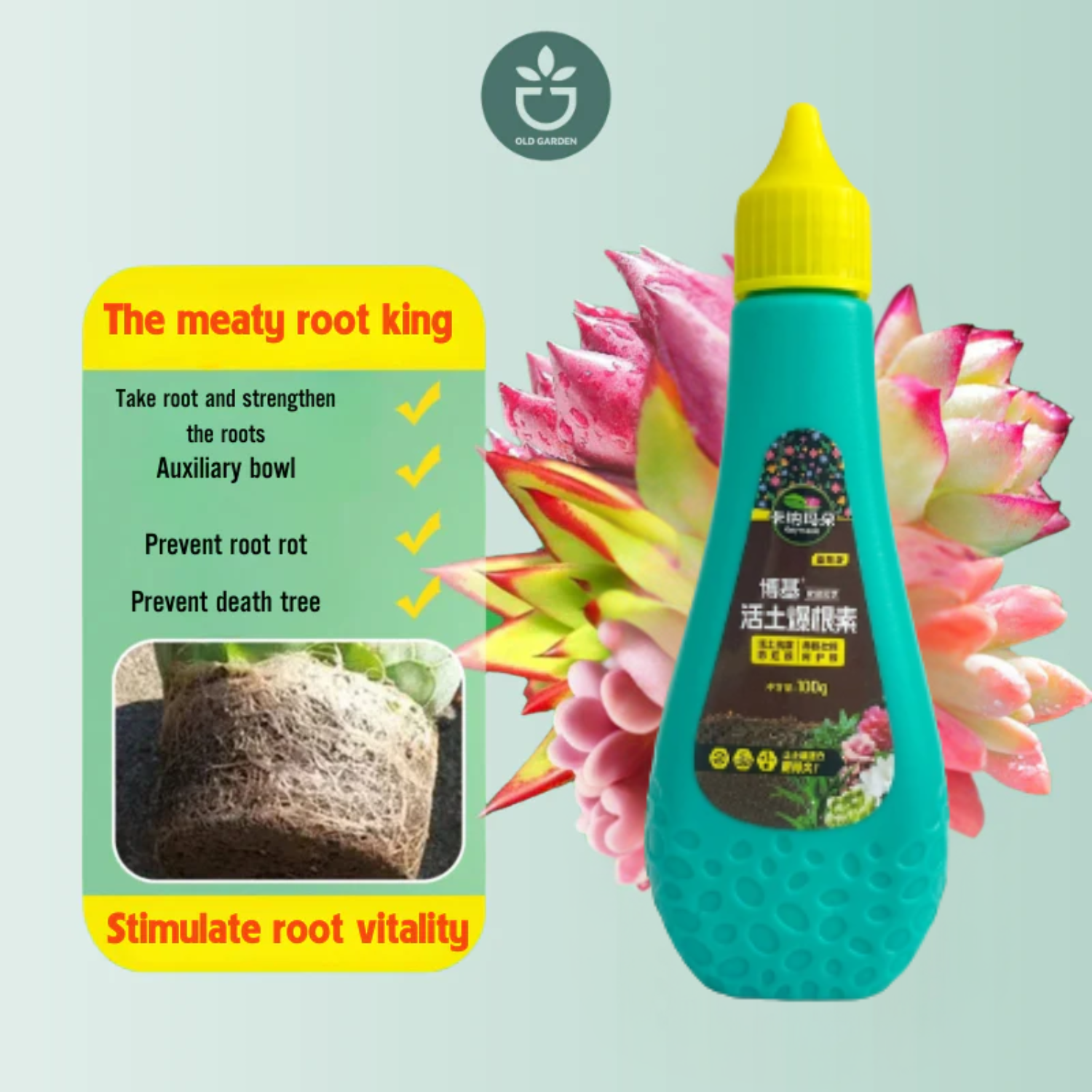Six Succulents That Look the Most Like Animals, Besides Bear's Paw, what other succulents do you know?
Bear's Paw
Bear's Paw is a very popular succulent plant. The leaves of the Bear's Paw resemble the small paws of a bear, making them incredibly cute. Just like its name, the leaves are also covered with tiny white hairs, which is no wonder why it has captured the hearts of many succulent enthusiasts. Bear's Paw enjoys sunlight and grows particularly well in an environment that is cool, dry, and full of sunshine throughout the year. It's important to avoid frequent watering; water should only be added when the soil is almost completely dry. This plant is best suited for loose, well-drained sandy soil.
Belongs to the genus Crassula of the Crassulaceae family
The plant has multiple branches, green stems, thick and fleshy leaves, growing in pairs. The leaves are oval-shaped, green, and covered with dense short white hairs. The tips of the leaves have red claw-like markings, the flowers are small and yellow.
Likes a warm and dry environment, with ample sunlight and good ventilation.
Enters dormancy during summer when temperatures are too high. Sensitive to cold and excessive humidity.
When summer temperatures exceed 35°C, it enters a dormant period, reducing growth, and automatically decreasing water absorption. At this time, watering should be reduced to prevent root rot due to excessive soil moisture, and proper shading is recommended.
Bunny succulent
bunny succulent is a very cute type of succulent plant, especially in the early stages of growth. When bunny succulent is still in its seedling phase, its leaves are particularly short, making them look very much like rabbit ears. The leaves are a bright green color, which is why it was given the name "bunny succulent." Bunny succulent prefers a warm environment with plenty of sunlight, but in the summer, it must be shaded. It is quite drought-tolerant and does not require frequent watering. During its vigorous growth phase, it needs nutrient support, so it's appropriate to apply some flower fertilizer.
Belongs to the genus Anacampseros of the Anacampserotaceae family
The leaves have a semi-transparent, crystalline appearance; two cylindrical leaves initially resemble rabbit ears. As they mature, the tips of the leaves gradually thicken and coarsen, and the plant tends to cluster.
Prefers a warm environment with sufficient diffused light and is relatively cold-hardy.
Does not require much direct sunlight; in summer, it should be shaded, well-ventilated, and watering should be stopped.
When summer temperatures are too high, the plant will wither and enter dormancy. Once cooler autumn weather returns, watering can resume to help the plant recover and grow. During spring and autumn, regular watering can keep the leaves firm. If water is lacking, the leaves will fall off.
Plover Eggs Plant
The leaves of the succulent plant are flat and round, shaped like cylinders, with flat tops and chubby middle to lower sections that suddenly taper at the base, resembling an upside-down beer bottle. Combined with its smooth surface and brown spots, it looks like little seals, melting people's hearts. The succulent prefers dry and sunny environments, but it needs some shade during the summer. It likes loose and well-aerated soil and is relatively drought-tolerant. It's best to wait until the soil is completely dry before watering again.
Belongs to the genus Faucaria of the Aizoaceae family
This succulent plant has a low-growing, thick stem, and the entire plant is hairless and smooth. The leaves are egg-shaped to cylindrical and green, with purple-brown spots distributed on them.
Prefers a dry environment with plenty of sunlight, but during summer, proper shading is necessary.
Likes loose and well-drained soil, and is relatively drought-tolerant. During its growing period, it needs adequate water, but it's best to wait until the soil is thoroughly dry before watering again.
It thrives in a warm environment, and during winter, the temperature should not be too low. It is best to maintain an indoor temperature above 10°C (50°F), ideally not lower than 5°C (41°F).
Senecio Peregrinus
Senecio Peregrinus, also known as String of Dolphins, has leaves that resemble small, cute dolphins hanging from the stems, like little dolphins leaping. As it grows, the stems will elongate, making it even more beautiful when hanging. Senecio Peregrinus prefers a cool environment with plenty of light. It thrives in loose, sandy soil and is relatively drought-tolerant, requiring water only once every one to two weeks.
- Prefers a well-ventilated environment with diffused light, can tolerate drought and partial shade. It is a spring and autumn type plant, suitable for growing at temperatures between 10-30°C.
- During the vigorous growth period in spring and autumn, it should receive ample diffused sunlight to encourage branch growth and leaf development. However, during the high-temperature summer season, it should not be exposed to strong sunlight, or the leaves may become pale and easily curl. It likes a warm and humid environment but is not tolerant of severe cold.
Astridia Velutina
Astridia Velutina has triangular leaves that resemble a deer antler, making it very cute, and it can even bloom. It prefers warm, dry environments with plenty of sunlight. It is not cold-tolerant, is drought-resistant, but is sensitive to high temperatures. During summer, it is important to provide shade, otherwise, the surface may wrinkle. The winter temperature should ideally not fall below 15°C (59°F). It is best suited for growth in well-drained, loose, and highly breathable sandy soil.
Belongs to the genus Conophytum of the Aizoaceae family
The plant gets its name from its leaves that resemble the shape of rhinoceros horns, and the flowers it produces are similar to sea anemones. Also known as "Haworthia," its old branches are grayish and woody, with the young branches being pale green. The leaves grow in pairs and have a half-moon or triangular shape.
- Prefers a warm, dry environment with plenty of sunlight, is not cold-tolerant, and is drought-resistant but sensitive to high temperatures.
- During the summer, it's important to provide shade to avoid surface damage. The winter temperature should ideally not fall below 15°C (59°F).
- It is best grown in well-drained, loose, and highly breathable sandy soil.
Rat Tail Cactus
The long modified stems of the Rat Tail Cactus resemble the tail of a mouse, don't they? The Rat Tail Cactus blooms in April to May, typically flowering once a year. Its pink flowers open during the day and close at night, which is quite fascinating. The Rat Tail Cactus prefers a warm, humid environment with plenty of sunlight. In the summer, it should be appropriately shaded. It thrives best in fertile soil that is well-drained and well-aerated.
Belongs to the genus Aporocactus of the Cactaceae family
The stems are slender and elongated, with a hanging growth habit. In its native habitat, it can grow up to 2 meters long and has aerial roots. The stems are 1.5-2 cm in diameter. The young stems are green but gradually turn gray as they mature.
- Prefers to grow in a warm, humid environment with relatively high air humidity and ample sunlight. It is best to maintain the environmental temperature between 18-28°C (64-82°F).
- The soil should contain plenty of humus, and good drainage and aeration are ideal.
- The Rat Tail Cactus makes a great indoor potted plant, suitable for placing on windowsills or hanging in baskets.





